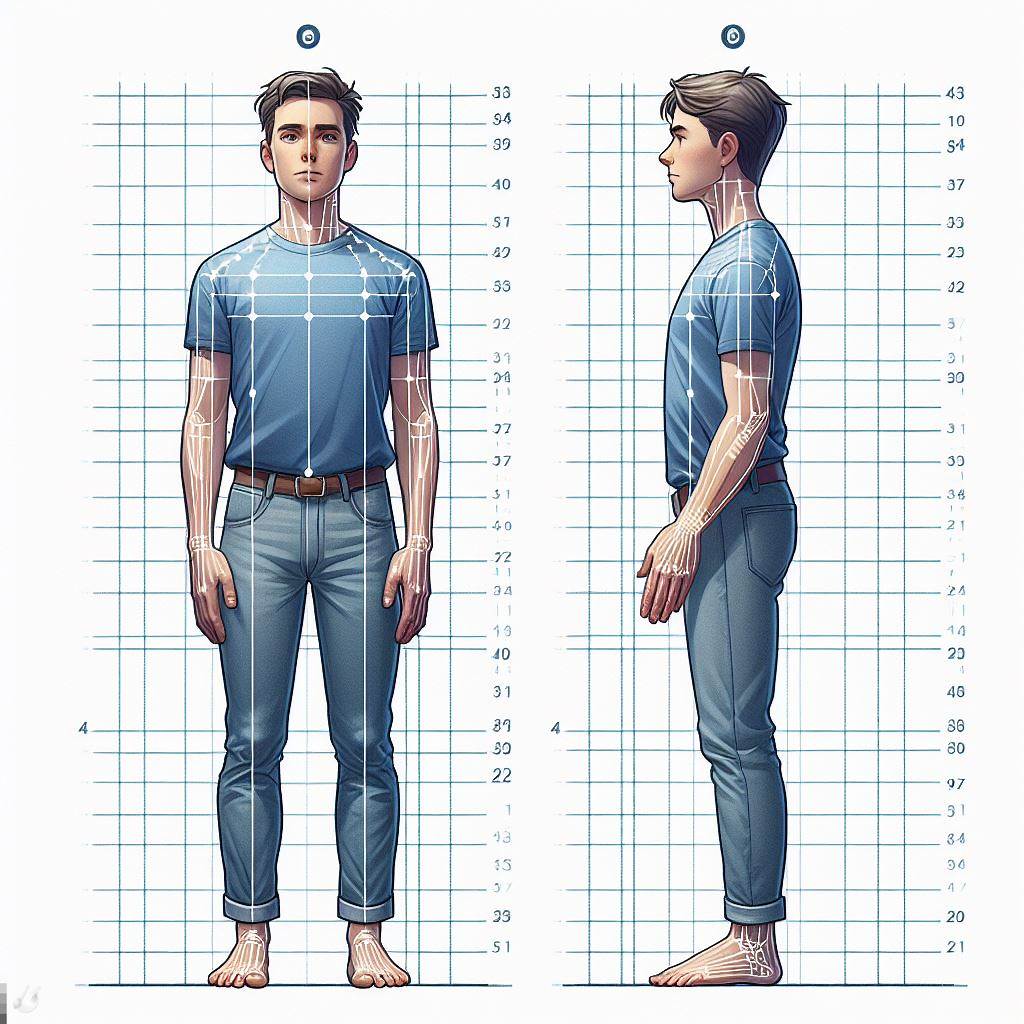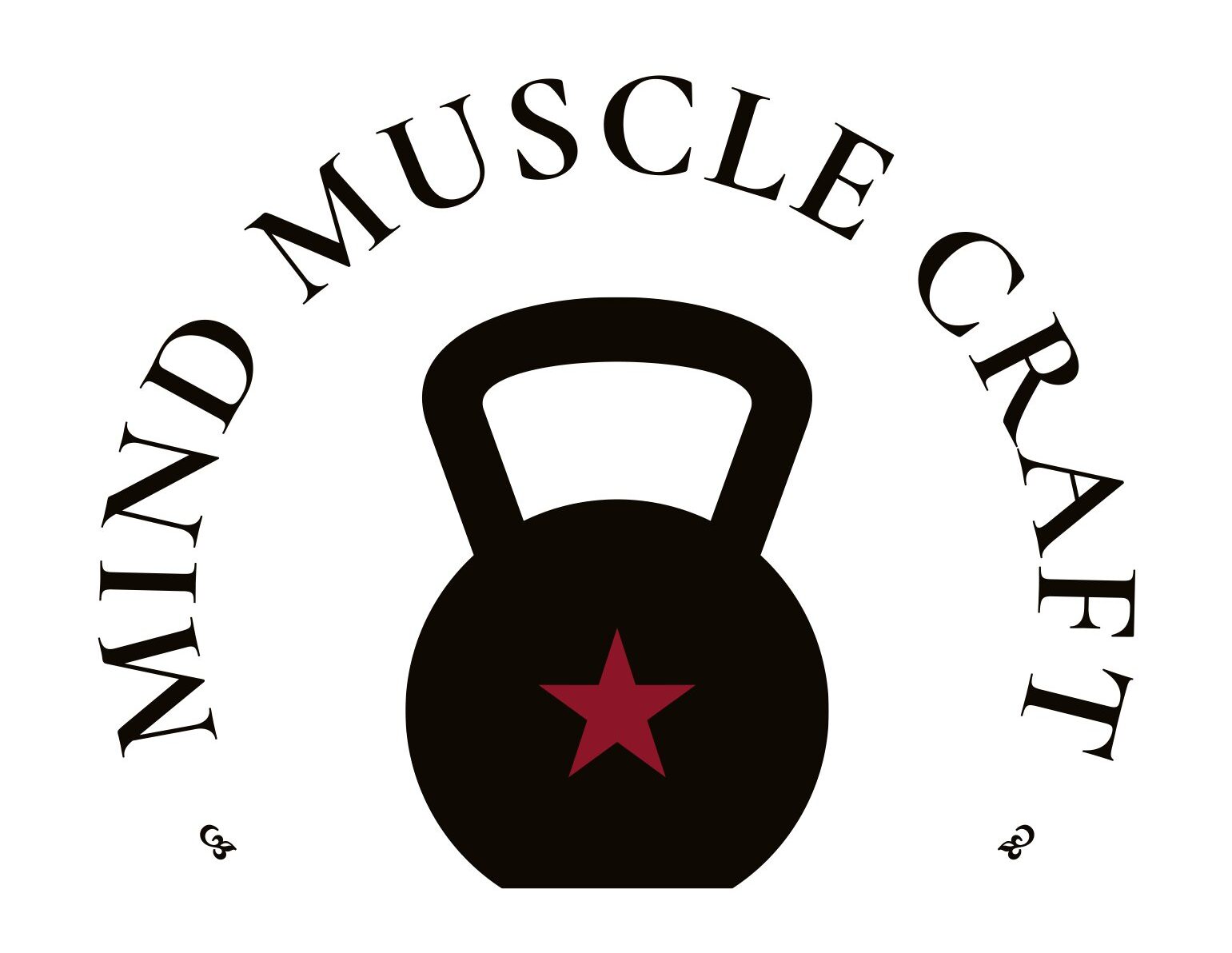Achieving and Maintaining Optimal Posture for Your Well-being
Good posture is more than a physical stance; it’s a gateway to feeling and looking your best. When you maintain proper alignment of specific body parts, the impact on your overall well-being is profound. A well-aligned standing posture, characterized by symmetry and balance, not only enhances your appearance but also minimizes stress on the spine, reducing wear and tear and lowering the risk of injuries.
Understanding Good Posture:
Good standing posture is achieved when your body appears symmetrical from side to side and front to back. This optimal alignment places the least stress on your spine, fostering spinal health and minimizing the risk of discomfort or injury. An easy way to visualize good posture is by imagining your body in a balanced and equally aligned state.

However, it’s important to note that achieving good posture doesn’t mean adopting a rigid military-style stance. Such a posture can be tiring, restrict normal breathing, and lead to muscle tension in the neck, shoulders, mid- and lower-back areas.
The Causes of Bad Posture:
Whether standing, sitting, or in motion, your muscular system tends to follow the path of least resistance when it comes to posture. While this is generally harmless for those with proper mobility and muscle function, bad posture can develop when certain muscles are overactive, underactive, or imbalanced. Contributing factors include:
- Lack of Mobility: Limited movement patterns, especially around the hips and spine, can lead to imbalances and bad posture.
- Poor Technique: Incorrect exercise or daily task techniques may engage the wrong muscles, compromising posture.
- Effects of Gravity: Over time, gravity’s impact on the spine can contribute to imbalances and bad posture.
- Occupational Factors: Desk work, for instance, can restrict natural movement patterns, leading to muscle imbalances and potential back pain.
Combatting Bad Posture:
To address bad posture, consider the following proactive measures:
- Take Regular Breaks: If your work involves prolonged sitting, take breaks to stretch and maintain muscle and joint mobility.
- Exercise with Awareness: Pay attention to proper technique during workouts to engage the right muscles and avoid imbalances.
- Stay Mobile: Incorporate stretches and movements into your routine to counteract the effects of prolonged static positions.
- Be Mindful of Movements: Increased awareness of how you move allows you to identify and correct potential posture issues.
Other Factors Influencing Posture:
Apart from muscle-related causes, structural or anatomical factors (e.g., limb length discrepancies), aging (both physiological and pathological), and occupational demands can also impact posture.
By fostering awareness, making conscious movements, and incorporating these practices into your daily routine, you empower yourself to maintain good posture. Optimal posture not only enhances your physical appearance but also contributes to long-term musculoskeletal health and overall well-being.


Recent Comments